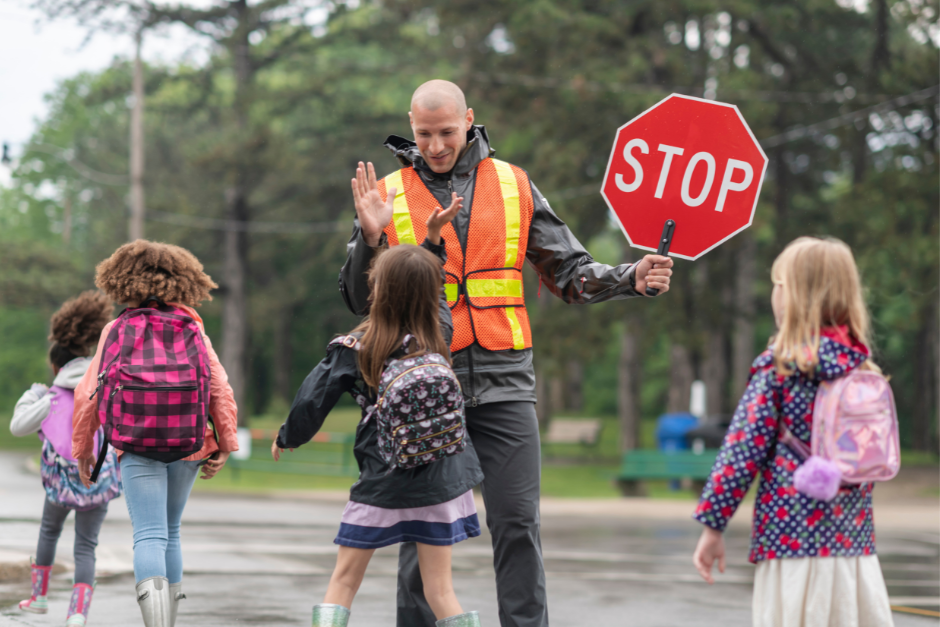This month, children across the country are heading back to school. While some of us are fortunate enough to be able to drop our kids off in front of the school building and others have door-to-door bus service, there are many families who must get there on foot.
Unfortunately, the walk to school exposes kids to an increased risk of being involved in a pedestrian accident. Children are smaller in size and more difficult for drivers to see, they are often unfamiliar with traffic laws, they tend to have difficulty judging speeds and distances, and they can be easily distracted. According to the Transportation Research Board, each year, about 100 students are killed in car accidents walking to or from school and nearly 25,000 children are injured.
Therefore, it is critical to remind drivers to take special care as the school year begins. But it is also important, as summer is winding down, to start planning with your children for the safest walk to school possible whether you are accompanying them, or they are walking without adult supervision.
Start by mapping out the safest route possible with your child and perhaps practicing the walk, reviewing basic traffic rules and talking about how to behave at crosswalks.
Once school starts, if you are walking with them, keep these tips in mind:
- When crossing streets, hold your child’s hand and always observe the traffic safety laws.
- Observe all traffic signals and let the school crossing guard help you. They are there to let you know when it is safe to cross.
- Be sure to look all ways before crossing the street and continue to watch for vehicles. Remind children drivers may not always see them and that they should always be cautious when they see moving vehicles.
These are basic pedestrian behaviors that are valuable for your child to learn even if they don’t walk to and from school daily, as there will certainly come a time when they may be going home or crossing streets with another adult, and you can’t be there.
For students walking to school without an adult, some points to consider:
- Make sure they stick to a safe route to school, one with well-trained adult crossing guards at every intersection.
- If they need to cross any streets on the way to school, practice safe street crossing with them before the start of school. Teach your child to cross at designated intersections. Most pedestrian deaths happen mid-block, not at intersections.
- Ideally, they should walk together with at least one neighbor child or older sibling.
- Make sure they know how to say “no” if someone they don’t know offers a ride, and that they yell and run for help if needed.
- Explain that it is not safe to use a cell phone or text while walking. It distracts and makes them less aware of traffic.
- If your child has limited mobility or other disabilities, give them extra time to learn safe pedestrian skills.
- Choose brightly colored backpacks, jackets and other accessories, ideally with reflective materials for days when it begins to get dark earlier. Research shows that the hours of 6 p.m. to 9 p.m. are the riskiest times of day for child pedestrians.

